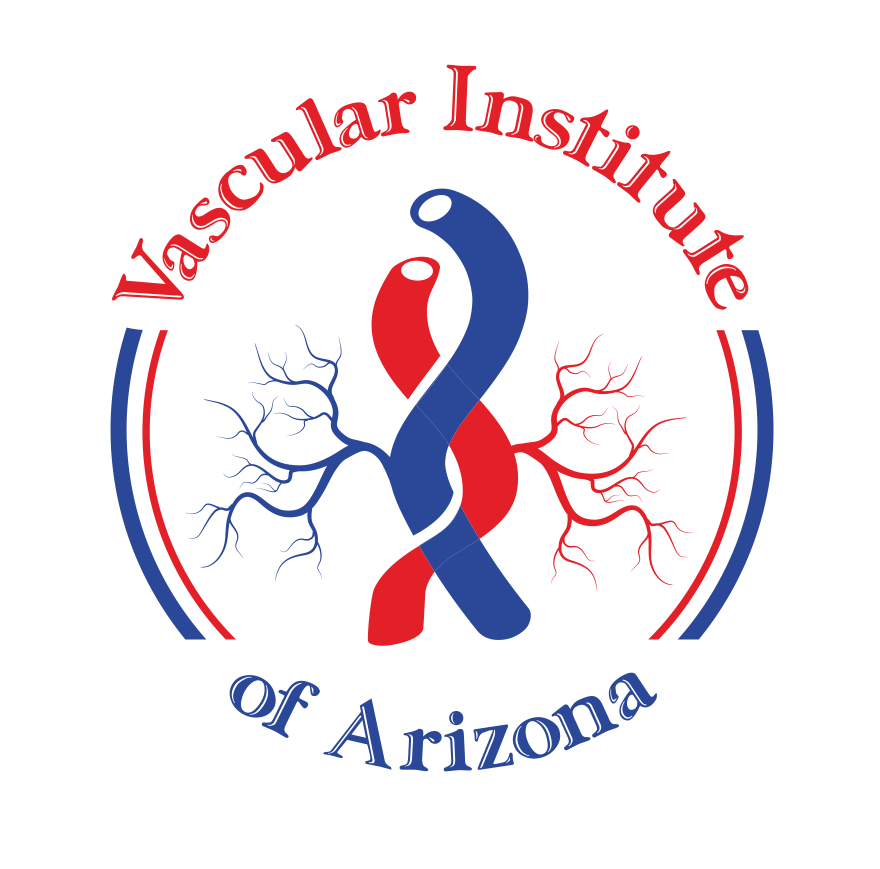
Praveen Balraj, MD, FACS, RPVI, of the Vascular Institute of Arizona, offers minimally invasive endovascular surgery to treat conditions like atherosclerosis and chronic venous insufficiency.
Contact
- info@azvascularinstitute.com
- 4809367722
- 4809367723
Quick Links
© Copyright 2023 CFDIGITALMEDIA. All right reserved.

